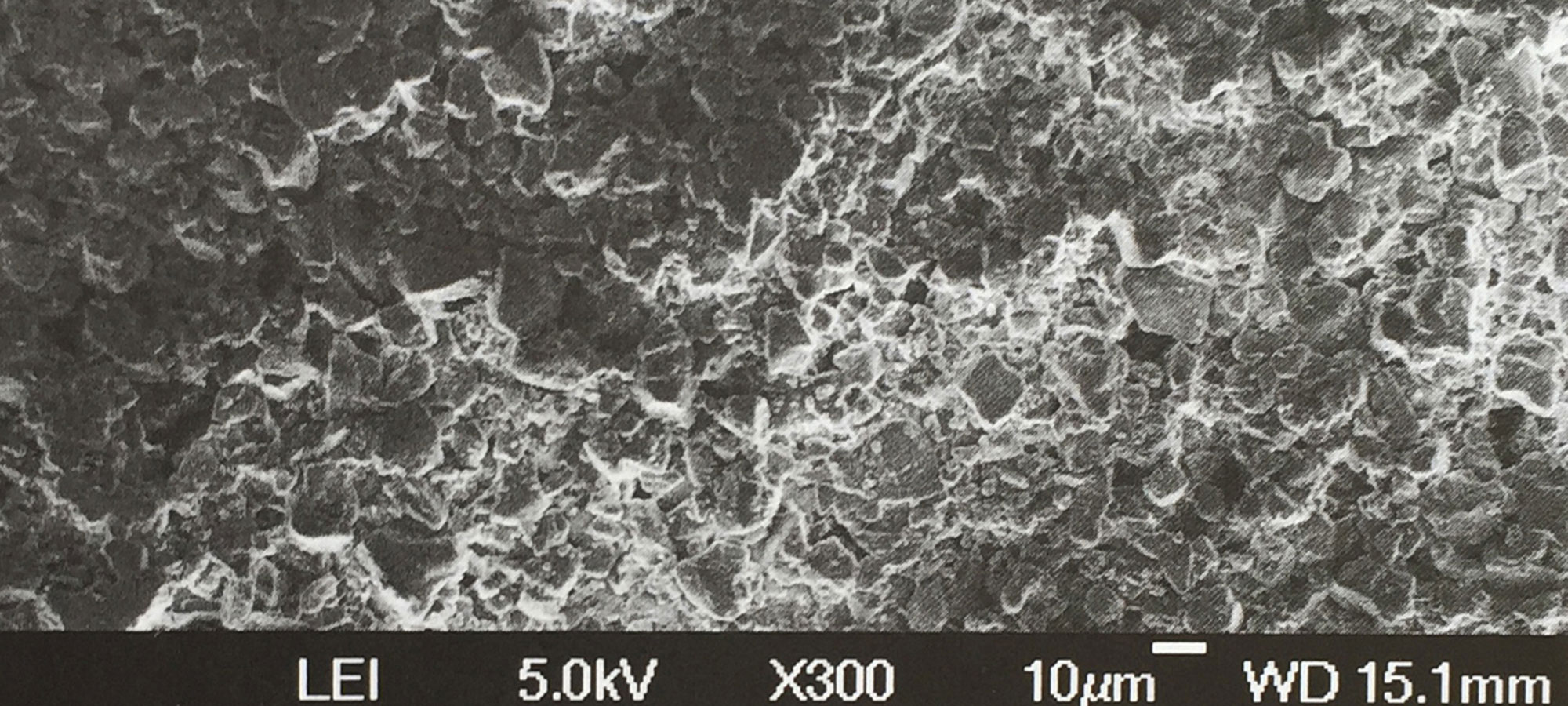Piezoelectric print:
the injected picture
_ disciplines
_development and implementation
piezoelectric print: The injected picture
The piezoelectric print: the injected picture This project was undoubtedly one of the most important ones for the dx5 group in its initial years due to its dissemination, national projection and size. It arose as a result of a research contract in 2004 signed between the dx5 group of the University of Vigo and EPSON IBÉRICA SAU: "Application of EPSON Large Format Printers in Fine Arts" (Reference CO-12705). Co-financed by the University of Vigo, the Directorate General for R&D of the Xunta de Galicia (Xunta-UVI 2006-2007 Program) and EPSON Ibérica SAU, the project was dedicated to in-depth research into digital printing with large-format plotters using micropiezoelectric demand-injection and variable-drip heads technology.
_origin
This research on micropiezoelectric printing arises from the need to find methods and solutions that give us efficient and qualified means of obtaining printed images by circumventing the use of traditional forms of engraving and printing, to obtain high quality prints. Moreover, it is an attempt to implement substantial improvements through exhaustive microanalysis, both in terms of the different papers or media used and the durability and preservation of prints made with digital media.

_IMPLEMENTATION AND OBJECTIVES
Many mechanical and microscopical tests were performed and all Fine Arts printing papers available to date in the national and European scenario were analysed, including the most representative ones from Japan. Studies were carried out in parallel on injection inks, their pigment components, co-solvents and media, etc., as well as on reactions in the various frames analysed. Among other achievements, the conditions for printing, drying, absorption and preparation were redesigned for optimal use in Fine Arts. Moreover, the research described was accompanied by a study of UV preservation, tolerance rates of prints, and their durability, both in archival and exhibition conditions where such works may be exposed to pollutants, gases, humidity, etc. All of this was done taking performance into account, not only through technical criteria but also aesthetic and artistic ones, and always with a view to best optimisation.



_CONCLUSIONS AND EXPERIENCE
As a conclusion of this project, a book with the main results obtained in the study was published and it was presented officially, prior to its commercialisation, among the artistic and scientific community, at the International 2006 Estampa Fair. The publication, entitled "La impresión piezoeléctrica: la estampa inyectada. Algunas reflexiones sobre la gráfica digital (The piezoelectric print: The injected picture. Some reflections on digital graphics)", received an outstanding welcome, as there was no precedent study to date that had addressed such a relevant subject with great rigour and depth, nor any that had provided this kind of documentary material for industrial graphic arts or for the Fine Arts world.








